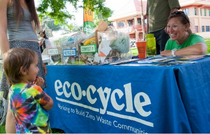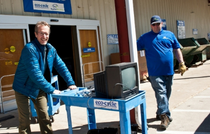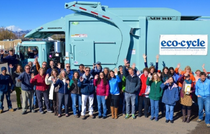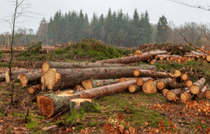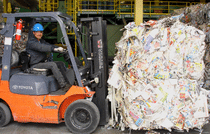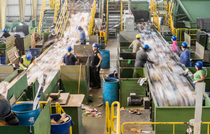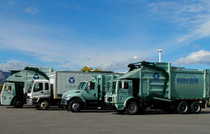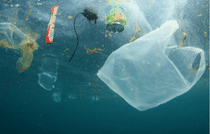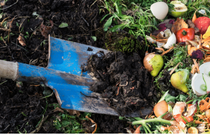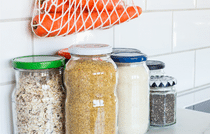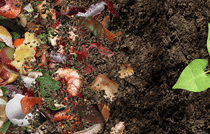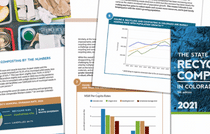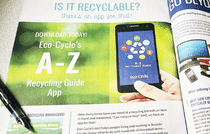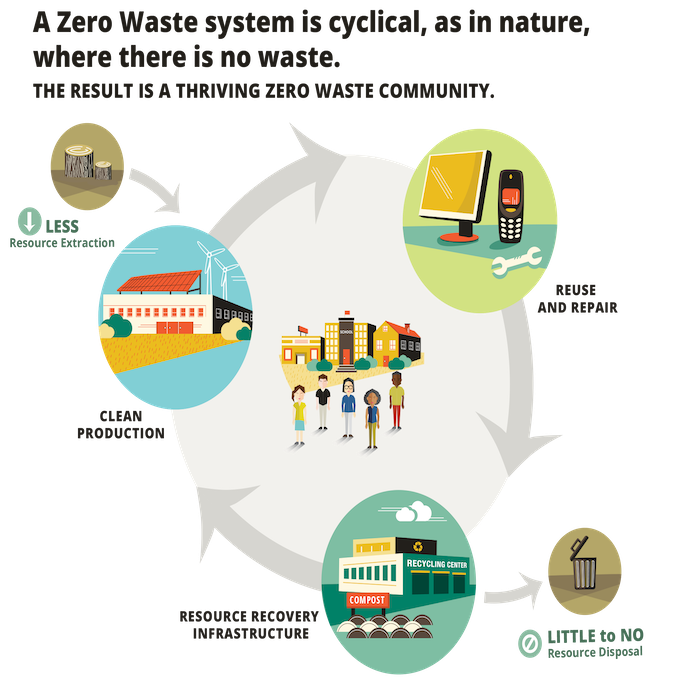
Zero Waste Systems
Zero Waste redesigns our systems and resource use—from product design to disposal—to prevent resource consumption, conserve energy, mitigate climate change, reduce water usage, prevent the creation of toxins, and stop ecosystem destruction.
A Zero Waste system then captures our discards and uses them, instead of natural resources, to make new products, creating far less pollution and feeding the local economy. Learn more about the benefits of Zero Waste below!
Zero Waste: A Circular Model to Replace Our One-Way System of Consumption
Through local Zero Waste actions, we can directly and positively impact the biggest global challenges of our time.
What Is Zero Waste?
An introduction to the systems and practices that make up this resource-conservation movement, including examples of what Zero Waste isn’t.
Zero Waste Is a Climate Change Solution
Zero Waste practices are some of the fastest, easiest, and most cost-effective climate solutions.
Why Zero Waste Is Often Left Out of Climate Action Plans
Zero Waste addresses consumption emissions, bringing more solutions to the table.
Jobs and Economic Benefits of Zero Waste
Build stronger, more resilient local economies by reusing, recycling, and composting more materials locally.
Zero Waste and Social Justice
Zero Waste is an important strategy to cultivate social and environmental justice at the local, national, and global scales.
What Is Producer Responsibility?
Producer Responsibility shifts the burden of financing recycling programs from consumers to manufacturers.
Pollution and Public Health
Zero Waste invests in healthy people, healthy communities, and a healthy planet by reducing air and water toxins.
Zero Waste and Resource Conservation
Zero Waste maximizes resource efficiency and is essential for a sustainable and equitable future.
IMPACT PROGRAMS
More than 40% of our climate impact comes from our “consumption emissions”—or how we extract, consume, and dispose of our stuff and our food. As one of the leading Zero Waste organizations in the world, Eco-Cycle is prioritizing three major solutions to reduce and even reverse these emissions.
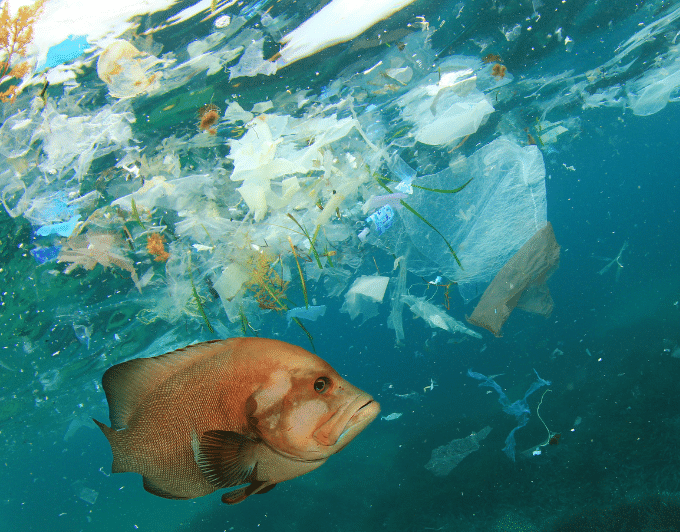
The Urgency to Reduce Plastics
Plastic pollution is choking the planet. We must take action NOW.
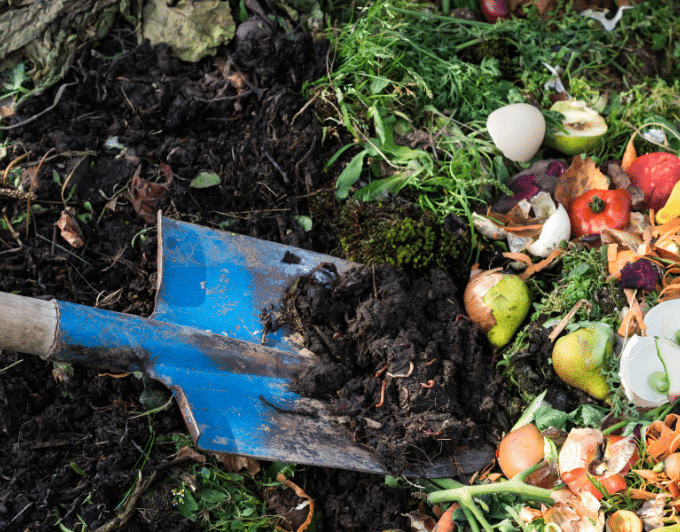
Composting & Carbon Farming
Applying compost to landscapes builds healthier soils, and helps reverse climate change.

Zero Waste Colorado
Our work to implement recycling and composting infrastructure and policies throughout the state
